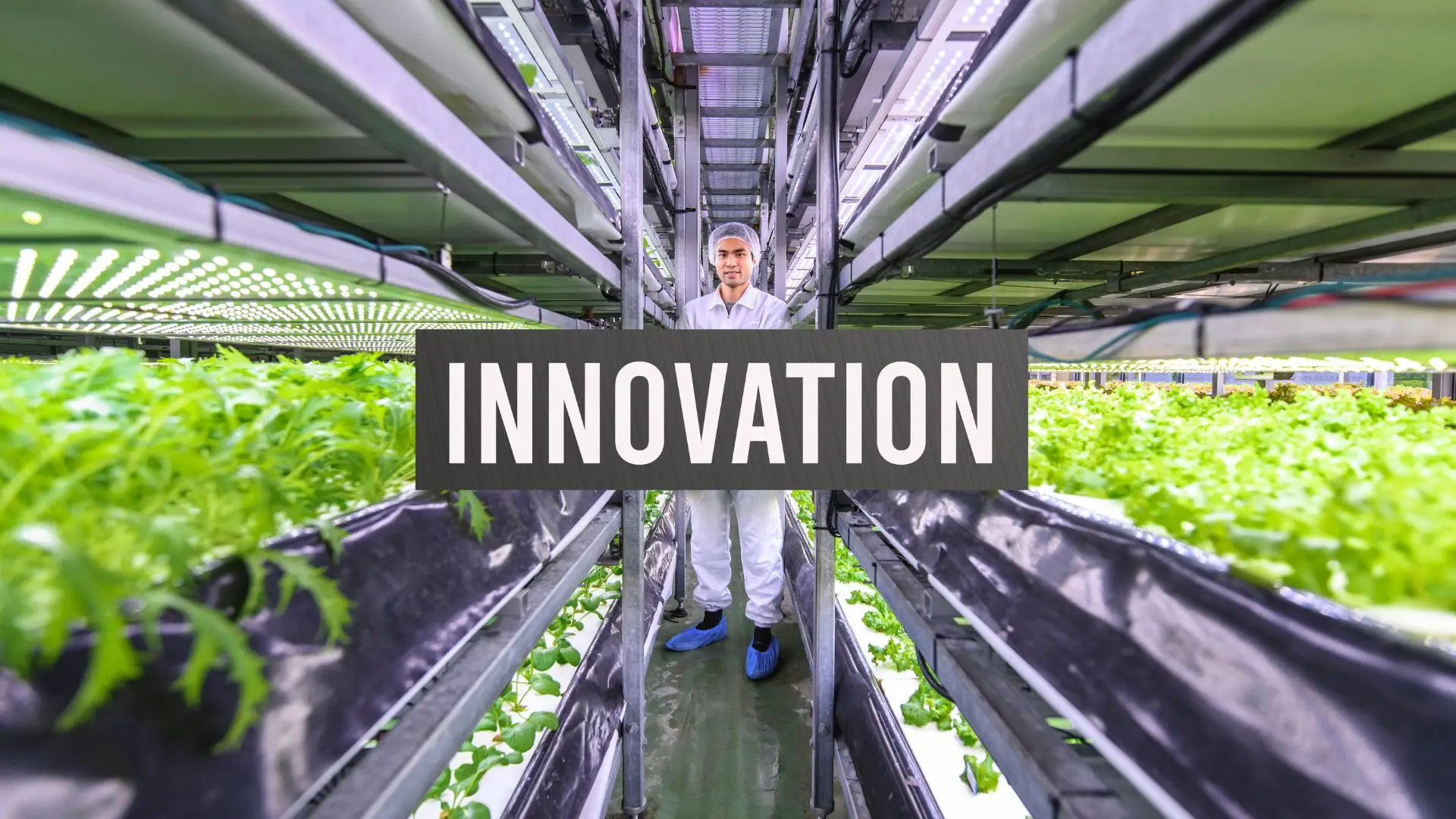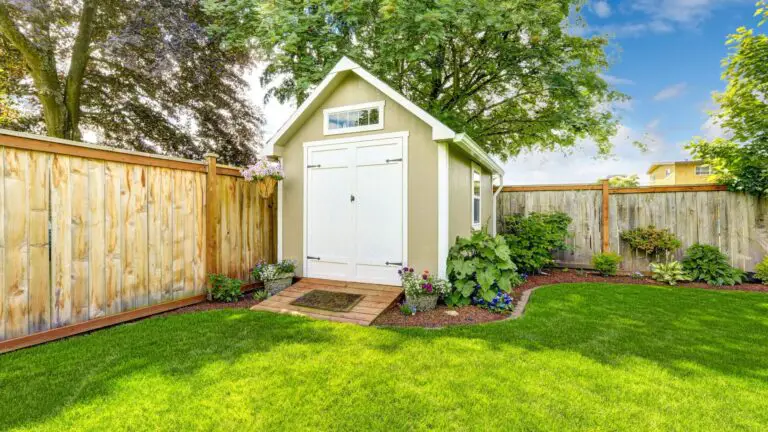A Closer Look at the Latest Technologies in Hydroponics
Disclosure: Your purchases through our links may earn us a small commission, supporting our site’s ability to provide valuable information to our readers. Rest assured, it won’t impact your price. Thank you for your support.
Hydroponic revolutionary gardening is one of the most efficient, sustainable ways to grow food. It uses a fraction of the water and resources as traditional agriculture and produces higher yields of nutrient-rich fruits and vegetables.
This technology has been around for a while, but significant advances in recent years have made it more efficient, cost-effective, and easier to implement.
And with recent advances in hydroponics, it’s now possible for anyone to set up an indoor garden with minimal effort. So what are some of the latest technologies in hydroponics? Let’s take a closer look.
What are the Latest Technologies and revolutions in Hydroponics?
Here are some of the latest technologies and revolutions in hydroponics:
Automated Growing Systems
One of the most exciting technologies in hydroponic gardening is automated growing systems. These systems use sensors to monitor and adjust environmental conditions such as temperature, humidity, light, pH, and nutrient levels.
Automated growing systems allow you to monitor and adjust optimal environmental conditions to grow plants without manual intervention. At the same time, smart nutrients provide a tailored balance of minerals and organic compounds that promote optimal growth without wasting resources.
Automated growing systems can be set up indoors or outdoors, allowing more people to get involved in urban farming no matter where they live.
These systems can be controlled remotely and even integrated with smartphone apps, making it easier for growers to manage their crops.
AI-based systems
Another exciting technology in hydroponic gardening is AI-based systems. These systems use artificial intelligence to accurately monitor and adjust environmental conditions, including light levels, humidity, and nutrient levels.
These systems are capable of quickly identifying problems with the plants and can automatically adjust settings to optimize growth conditions. They can also create personalized growing plans for each plant based on its needs and requirements.
These systems also have the potential to reduce costs and increase efficiency while still ensuring optimal growth conditions.
LED Lighting
LED lighting has become increasingly popular among growers due to its low energy consumption, less heat emission, and long life expectancy compared to other forms of lighting. LED lights emit light at specific wavelengths, which help plants absorb more energy from their environment while reducing energy costs simultaneously.
LEDs can also be used to create different types of lighting effects, which can help encourage healthy root development and improve overall plant health.
This makes it possible to grow plants indoors or in low-light conditions and to grow crops year-round.
Related:
Can Led Grow Lights Cause Eye Damage?
The Best Grow Light Strips for Your Indoor Plants
Aeroponics
Aeroponics is a system of growing plants without using soil by suspending them in an air-filled environment and supplying them with water and nutrients. It’s one of the most efficient ways to grow food, using only two percent of the water used in traditional farming methods.
The plants are suspended in a closed environment, and the water and nutrients are delivered directly to their roots via a mist. This results in faster growth rates, higher yields, and healthier plants.
Vertical farming
Vertical farming is a form of hydroponic gardening where plants are stacked in multiple layers or tiers. This allows for more efficient use of space and improved control over environmental conditions such as temperature and humidity. It is one of the 7 cost-effective, DIY hydroponics for home.
Vertical farms also reduce water usage and energy consumption, making them an ideal choice for urban areas with limited space. Learn more on how to choose the right plants for vertical hydroponics.
Nutrient Film Technique (NFT)
The nutrient film technique (NFT) efficiently delivers nutrients to plants in a hydroponic system. In this system, the plant roots are suspended in a thin film of water containing all the necessary nutrients for growth. The roots absorb these nutrients as they pass through the water, allowing them to grow and thrive without soil.
NFT hydroponics is an efficient and cost-effective way to grow plants with minimal water waste, and it can be used indoors and outdoors. It is worth to know how to set up a Nutrient Film Technique – NFT hydroponics?.
Hydroponic Gardening Kits
Hydroponic gardening kits have become increasingly popular as they make hydroponic gardening more accessible for people who don’t have the space, equipment, or knowledge to set up a more extensive system. These premade kits come with everything you need to get started and usually include a nutrient solution, growing medium, grow lights, and a timers so you can control the lighting.
These kits are great for beginners as they provide an easy way to get into hydroponic gardening without any complicated setup. They’re also ideal for people who want to grow their food but need more space or resources to build an extensive system.
Conclusion
Hydroponics is an innovative and rapidly growing field of agriculture, which involves growing plants in a nutrient-rich solution rather than soil. This technique has numerous benefits over traditional soil-based farming, such as increased water efficiency, reduced pest and disease risk, and improved crop yields.
The latest technologies in hydroponics are revolutionizing indoor farming by giving gardeners unprecedented control over their growing environments.
Furthermore, modern hydroponic techniques use advanced technologies enabling greater control and efficiency over the process. We can expect even more exciting advances in this field as scientific research continues and new innovations are introduced.
Thank you for reading!
Also, read!
What EC Means for Hydroponics
How to Make Kratky Method More Efficient and Effective
Rockwool vs Coco Coir: Which Is the Right Choice for You?
11 Steps to Choosing the Right Fan for your Hydroponic Grow Rooms







